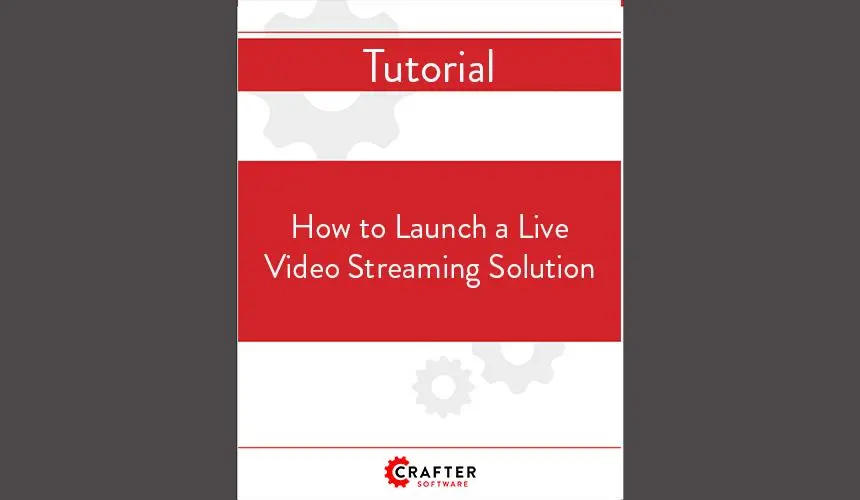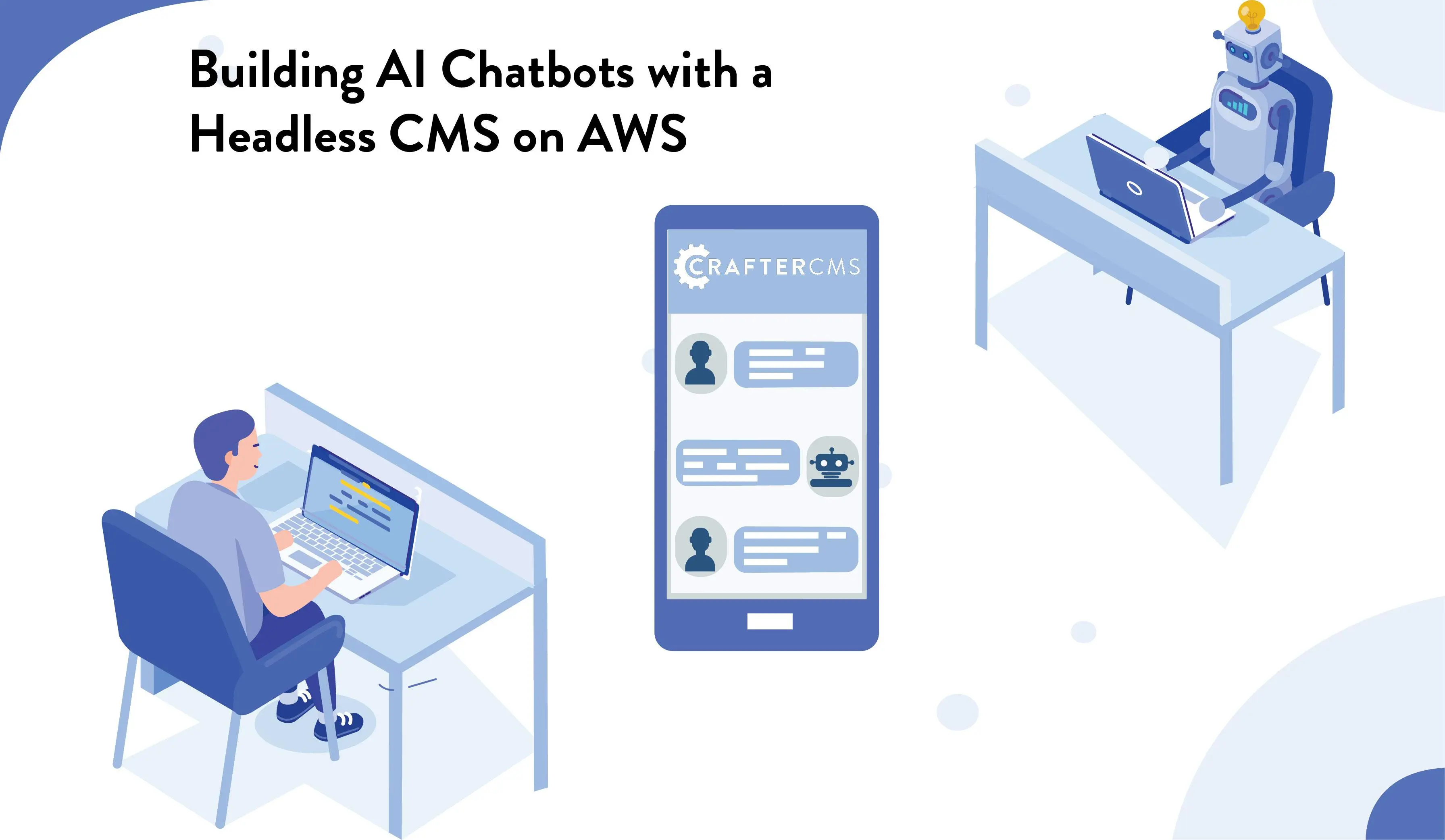AWS Snowball Edge: Low-Latency and Remote Content Delivery

Sara Williams

While much of the world is internet-enabled, there are still many locations around the world that lack strong connections. Global internet connectivity is improving, but still more than four billion people still don't have access to the internet. Many regions that do have internet connectivity have low bandwidth and limited ability to access data.
For some organizations, delivering content to places with less than ideal internet availability, or that are even totally disconnected from the internet, is crucial. These types of use cases include submarines, cruise ships, airplanes, remote bases, and highly secure locations. For other organizations, low-latency content delivery capabilities are critical. These types of use cases include high quality video streaming to large numbers of users in stadiums, conferences, hotels and such. All of these situations require specialized hybrid-cloud architectures that have on-premise content, data and computing located near end-users. Let's look at how Snowball Edge, in combination with the right CMS solution, can be used for low-latency and remote content delivery around the world.
What is AWS Snowball Edge?
Snowball Edge is a rugged device with onboard storage and computing power that works anywhere - and is especially useful in locations with low-bandwidth, intermittent or no internet connectivity. The device is an on-premise solution for organizations that are limited by geography or bandwidth or extreme security to the AWS cloud. Snowball Edge devices can easily be clustered to create a global hybrid cloud infrastructure.
The device has local processing capabilities for low connectivity situations or reduced latency needs. Content-rich applications can run on location, and the short geographic distance between users and the devices reduces latency. The device, for example, can be used to process high-quality live video streaming and deliver it to large numbers of viewers with extremely low latency.
How is Snowball Edge Used?
There are a variety of use cases for Snowball Edge, and most focus on applications, data and content delivery to low connectivity locations with reduced latency.
Isolated Locations With No Internet
Data collected in remote locations can be challenging to transfer back to centralized cloud infrastructures. Insomniac, for example, hosts music festivals such as Electric Daisy Carnival in desolate deserts areas. Throughout festival weekends, the company captures 50-70 terabytes of photos, videos and live streaming content on a cluster of Snowball Edges. Insomniac uses the processing power of the devices to automate tagging and categorization of the content before transferring back to its centralized cloud infrastructure. The device enables Insomniac to provide rich digital experiences for festival goers in the middle of remote deserts.
Industrial Internet of Things (IoT) Data Processing
In some industries, low-latency is critical for processing data generated by IIoT devices. Oil rigs, for example, often have thousands of sensors that produce massive amounts of data. These rigs are often out in the ocean far away from data centers, with poor internet connectivity. Much of the data is unimportant, and it makes sense to only send the essential information over networks to the public cloud.
Oregon State University's Hatfield Marine Science Center, for example, collects real-time oceanic and coastal imagery. Using Snowball Edge, the research team runs complex software to preprocesses over 60 terabytes of data onboard every week, freeing up the university's centralized infrastructure from having to process enormous amounts of data.
Drone Research
Drone research operations face similar challenges with high-latency, low bandwidth traditional cloud architectures, and also need a hybrid cloud architecture to process data on-premise. Insitu, a subsidiary of Boeing, was able to collect and process terabyte of data and create 3-D models in a remote area of Queensland, Australia without an internet connection. Within hours, the preprocessed data was transferred to the cloud for more in-depth analysis using a Snowball Edge device. The computing power of the device lets Insitu run sophisticated software in a region where it’s hard to bring powerful hardware.
Military Operations
Sometimes data or content needs to be delivered to isolated and unfriendly physical locations with no internet connections. Satellite connections can be expensive, so it could be more cost-effective to distribute essential news and training material using Snowball Edge devices. The Department of Defense sees the devices as a solution to help analyze mission-critical data on battlefields and distant military installations. For this reason, AWS has even shock-tested the devices with underwater explosives to ensure the Snowball Edge is military-grade. The devices lets the U.S. military to securely provide critical content to teams in desolate locations.
Low-Latency Live Streaming
Similar to benefits provided by traditional content delivery networks (CDNs), Snowball Edge devices allow organizations to set up edge servers in strategic locations like densely populated metropolitan areas or low-bandwidth regions. For live streaming, these microservers can perform stream splitting and replication closer to viewers. By scaling at the edge, it's possible to eliminate bottlenecks and reduce transit times - something the tech world is beginning to call fog computing. This unique hybrid cloud model brings data closer to end-users and creates a dense global distribution network. Using Snowball Edge for edge computing is a great way to reduce the latency of high-definition video streaming.
Powering Digital Signage
Digital signage is only effective if its video is seamless and smooth. There are many situations, however, where streaming video from a centralized cloud to digital signs will result in laggy video viewing. In a crowded stadium, for example, existing data infrastructures are taxed by a large concentration of people at one time. Using Snowball Edge, stadiums can deliver smooth video and other experiences to digital screens directly, without even needing CDNs.
CrafterCMS: The Solution for Content-Rich Digital Experiences on AWS Snowball Edge
Snowball Edge is ideal for delivering sophisticated content, data and software applications to highly secure environments, low or no internet bandwidth connection locations, and environments that demand extremely low latency. And for all of these situations, whenever the content needs to be managed, and the end user experience needs to be tailored, CrafterCMS delivers an end-to-end solution on AWS Snowball Edge.
As an AWS cloud-native content management system, CrafterCMS is enabling a whole new range of innovative applications on the Snowball Edge. Crafter's decoupled architecture separates content management from content delivery, so all content and the end-user experience can be managed at central offices, while the actual end user content and experience is delivered remotely as they execute on Snowball Edges that may be deployed anywhere. Scaling these solutions out with a cluster of many Snowball Edges is simple with CrafterCMS too. CrafterCMS’s serverless support makes these types of unique disconnected and hybrid architectures like this possible.
By using CrafterCMS on AWS Snowball Edge, organizations are provides learning and training portals to remote users, news and information websites in the most distant places, large-scale and low latency media and entertainment video solutions to large numbers of concentrated viewers. These are just a few of the new and emerging use cases for content-enabled digital applications for end users who are deep in the ocean, or high in the sky, in large stadiums, or in any other remote, low-bandwidth geographic location or low-latency environment.
If you're interested in using CrafterCMS in combination with AWS Snowball Edge for distributing content-enabled digital experiences to isolated or low-latency locations, reach out to learn more.
Related Posts

The Next Wave of OTT Video: AI-Powered Personalization and Content Discovery

Sara Williams

Cloud-Native Digital Experiences at Momentum Financial

Sara Williams

Dynamic Content Delivery at Scale with a Decoupled CMS

Amanda Lee

Building Personalized Digital Experiences for a Cruise Liner

Sara Williams
Related Resources
-

Modernizing Video Delivery and Content Management at CPAC, A Canadian Nationwide Broadcaster
Webcast
-

AI-based Media Asset Management with AWS Rekognition and CrafterCMS
Webcast
-

Building OTT Video Experiences with Headless CMS on AWS
White Paper
-

How to Launch a Live Video Streaming Solution
Tutorial
-

Building AI Chatbots with a Headless CMS on AWS
Webcast





